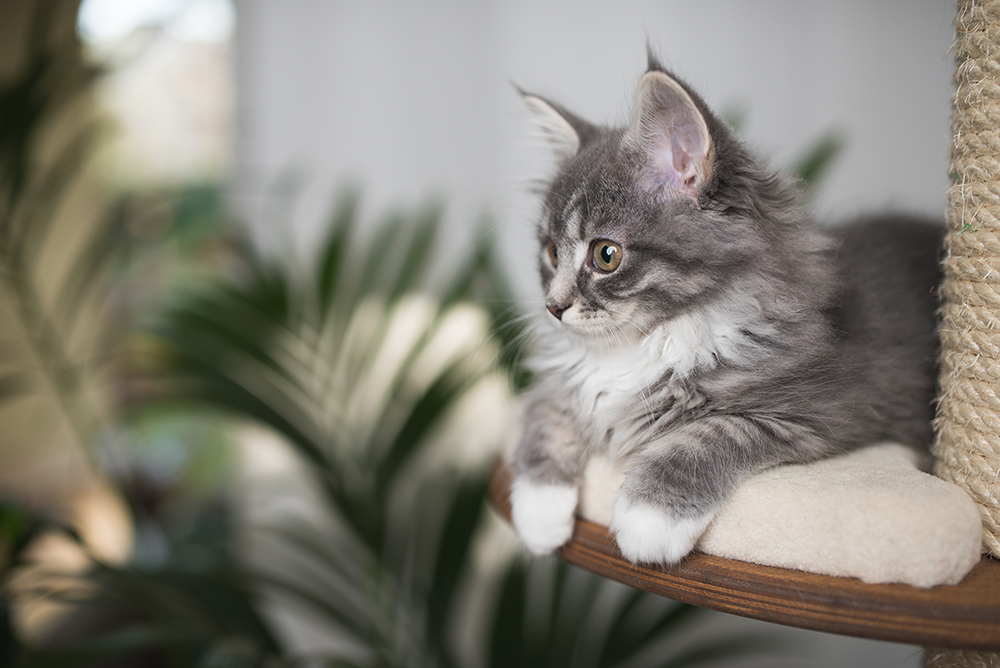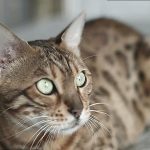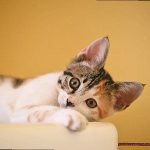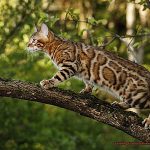Are Philodendron Toxic To Cats?
What Is Philodendron?
Philodendron is a big flowering plant genus in the Araceae family. Taxonomically, the genus Philodendron is still poorly known, having several unidentified species. Philodendrons contain up to 0.7 percent oxalates in the form of calcium oxalate crystals called raphides. In general, calcium oxalate crystals have a modest impact on people, and substantial doses are required for symptoms to manifest.
Are Philodendron Toxic To Cats?
According to the ASPCA, philodendron is poisonous to cats. Philodendron is an appealing indoor climbing plant with smooth, lustrous leaves. Some have tear-dropped leaves, while others have wide, lengthy, split leaves. Cats are poisoned by philodendron, thus any intake should be reported to your veterinarian soon once. When a cat eats too much philodendron, it might develop serious respiratory and intestinal issues, which can be deadly. The first symptom that your cat may feel after ingesting philodendron is a strong burning sensation.
How Poisonous Is Philodendron To Cats?
Cats are somewhat poisoned by philodendron. The philodendron is somewhat harmful to your pets. It won’t kill your cats, but the consequences may vary depending on how much of the plant is ingested. Symptoms such as vomiting and swelling in your cat’s lips or tongue will be seen.
The symptoms of Philodendron poisoning in cats
If your cats are still able to sink their teeth into a philodendron plant, here are some warning signs to check for. Twitching, diarrhoea, vomiting, swallowing and breathing difficulties, and more. You should take your cat to the vet straight away if she ate any part of a philodendron plant. She may need immediate medical attention since her life is in jeopardy.
How To Treat Philodendron Poisoning In Cats?
Rinse the mouth with milk or water to cure philodendron poisoning in cats. Veterinary therapy for insoluble calcium oxalate-containing plants like the philodendron is to rinse the mouth with milk or water. Many signs of interaction with calcium oxalate crystals from ingesting philodendron plants are obvious immediately away, thus recognizing the plant and your dog’s symptoms is often enough to establish an initial diagnosis. If your cat chooses to consume huge quantities of plant material or if you did not witness what your kitty may have ingested, your veterinarian may prescribe a visit to the clinic.
Conclusion
Cats are harmful to philodendrons, so keep them away from them. You can simply maintain the philodendron in the home with your cats if you learn how to keep cats away from it or locate a suitable position for it.








